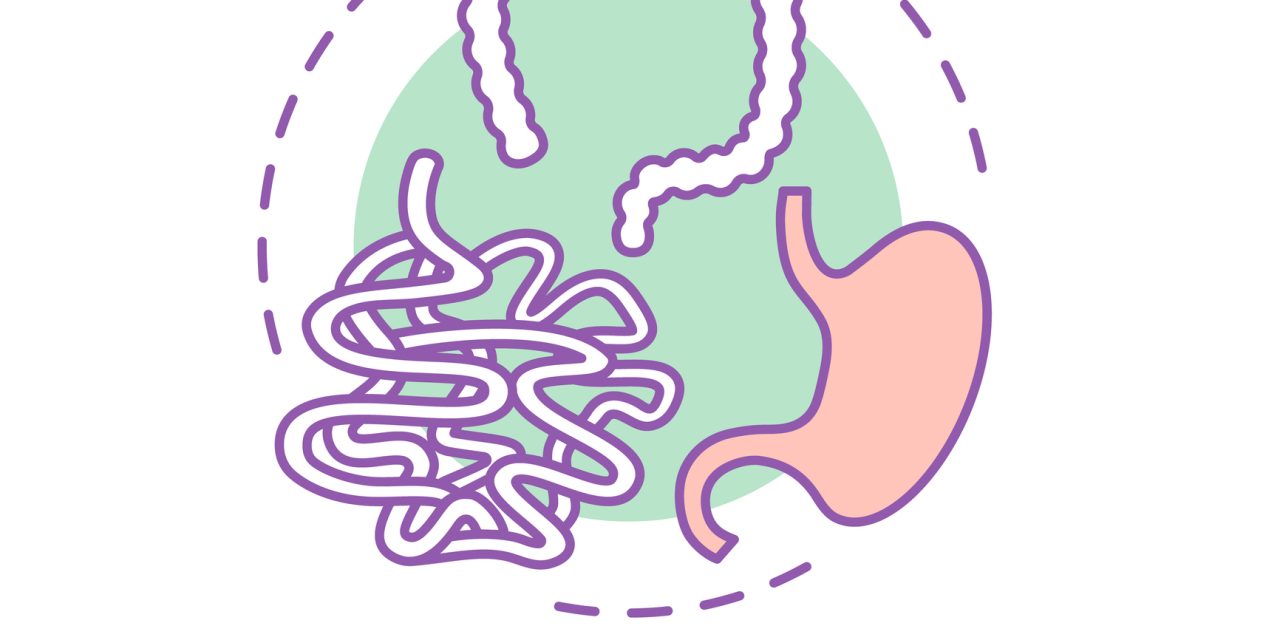Type 3c diabetes mellitus (T3cDM) is diabetes secondary to other pancreatic diseases such as chronic pancreatitis, pancreatic resection, cystic fibrosis, and pancreatic ductal adenocarcinoma (PDA). Clinically, it may easily be confused with conventional type 2 diabetes mellitus (T2DM). A delay in pancreatic cancer diagnosis and treatment leads to a worse outcome. Therefore, early recognition of PDA-associated T3cDM and distinction from conventional T2DM represents an opportunity improve survival in patients with PDA.
Six hundred and sixty four patients with PDA underwent pancreatic resection. Patients were classified as per whether or not they had diabetes. The specific type of diabetes was determined. T3cDM surgical patients (n = 127) were compared with a control group of medical patients with T2DM who did not have PDA (n = 127).
Patients with T3cDM were older (66 versus 61 y, P < 0.001), had lower body mass indices (25.9 versus 32.1, P < 0.001), more favorable hemoglobin A1c levels (7.0 versus 8.8, P < 0.001), higher alanine aminotransferase levels (39 versus 20, P < 0.001), and lower creatinine levels (0.8 versus 0.9 mg/dL, P < 0.001). In addition, they were more likely to be insulin dependent. In a subgroup analysis of surgical patients, T3cDM (versus surgical patients with T2DM and no diabetes) was not associated with surrogate markers of main pancreatic duct obstruction and glandular atrophy.
PDA-associated T3cDM has a distinctive presenting phenotype compared with medical patients with conventional T2DM. Greater attention to associated signs, symptoms, and biochemical data could identify patients at risk for harboring an underlying pancreatic malignancy and trigger diagnostic pathways leading to earlier PDA diagnosis and treatment.
Copyright © 2020 Elsevier Inc. All rights reserved.
Pancreatic Cancer-Associated Diabetes is Clinically Distinguishable From Conventional Diabetes.


